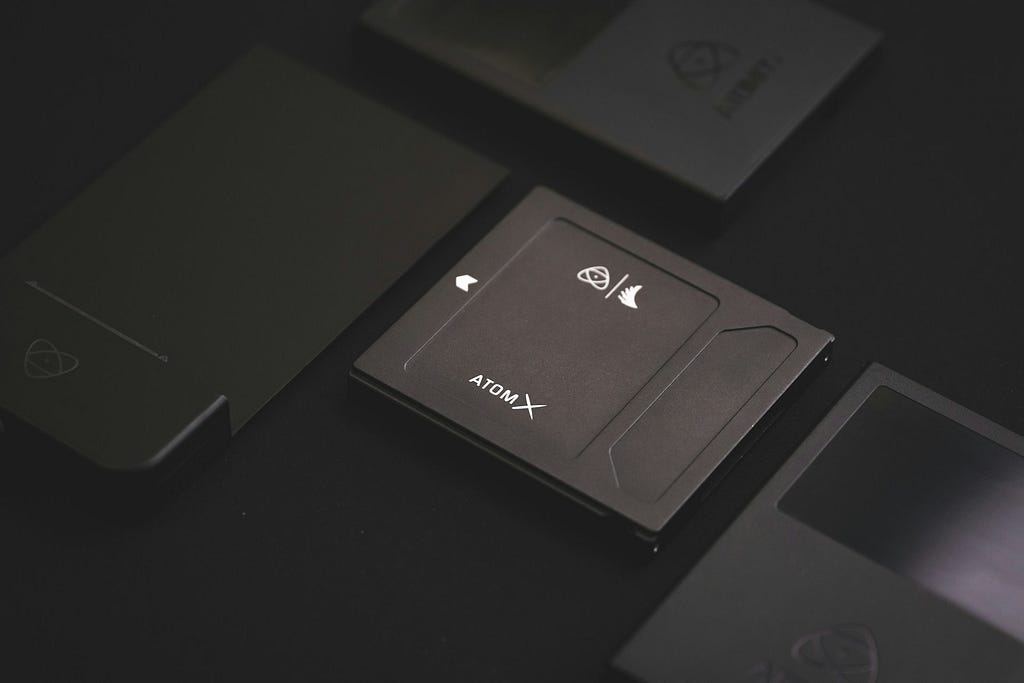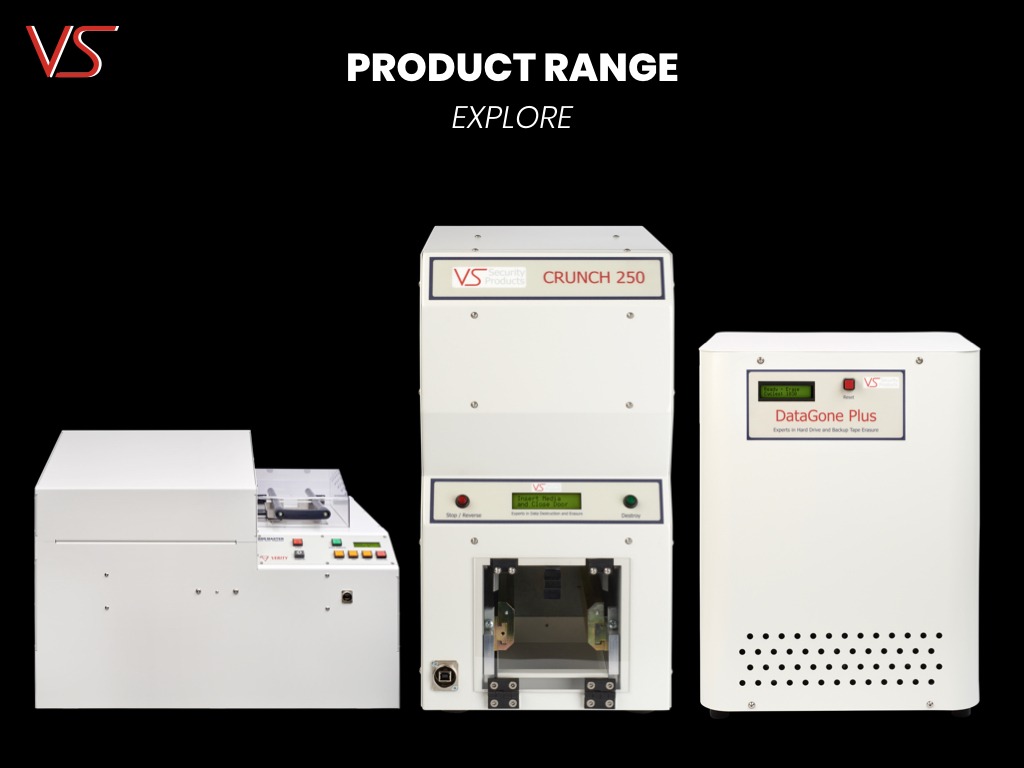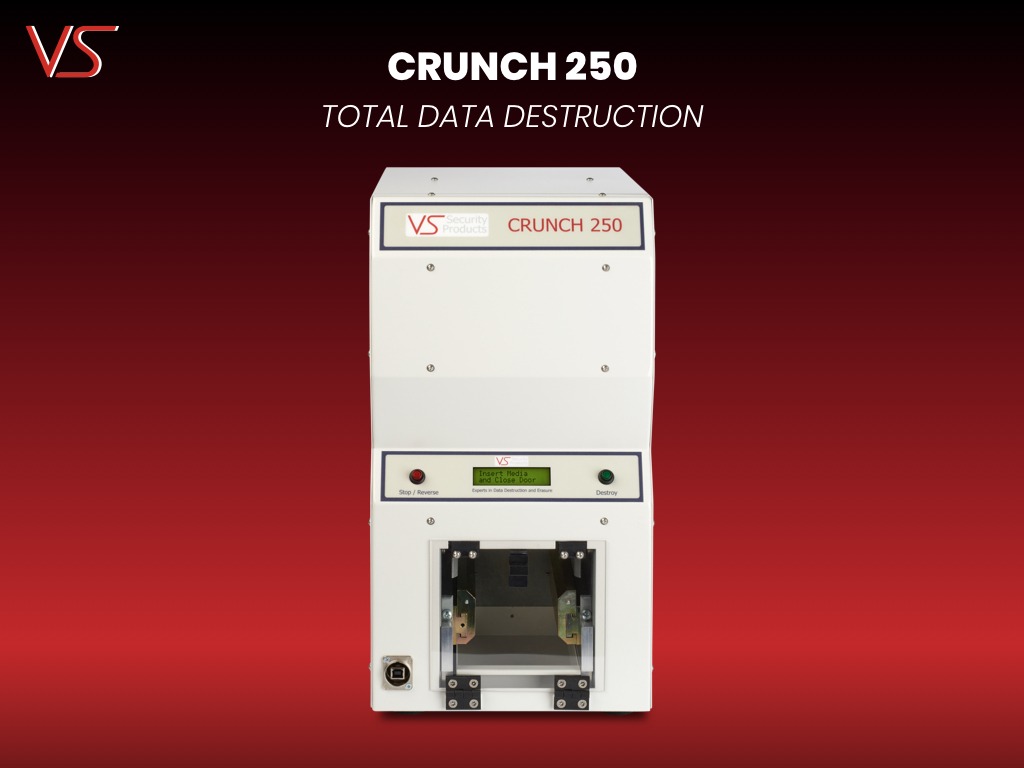Shredding for Security: How SSD Destruction Protects Patient Data in Hospitals

The digital age has transformed healthcare, with hospitals relying heavily on electronic patient records (EPRs) for efficient care delivery. However, this digital dependence creates a critical challenge — safeguarding vast amounts of sensitive patient data. While traditional data security measures are essential, the rise of solid-state drives (SSDs) necessitates a robust approach to data destruction. This article explores how shredding SSDs can be a crucial tool for hospitals to ensure complete data obliteration and protect patient privacy.
The Fallacy of Erasure: Traditional data wiping methods, like formatting, are ineffective for SSDs. These methods simply overwrite the file allocation table, making the data seem inaccessible. However, the actual data remains intact on the flash memory chips, vulnerable to recovery by sophisticated techniques. This poses a significant risk, as discarded or decommissioned SSDs containing un-shredded data could fall into the wrong hands.
Shredding: A Physical Solution: SSD shredding offers a physical approach to data destruction, eliminating the possibility of data recovery. Here’s how shredding works:
- Industrial-Grade Shredders: Hospitals utilize industrial-grade shredders designed specifically for data storage devices. These shredders possess powerful blades that pulverize SSDs into minute particles, rendering data recovery virtually impossible.
- Versatility: Modern shredders and hard drive destroyers can handle various media types beyond SSDs, including traditional HDDs, USB drives, and even data storage devices on smartphones and laptops. This makes shredding or hard drive crushing a versatile solution for hospitals dealing with a diverse range of data storage formats.
- Witnessing the Process: Many shredders come equipped with transparent viewing windows, allowing authorized personnel to witness the destruction process firsthand. This transparency builds trust and provides auditable proof of data destruction, crucial for regulatory compliance.
Benefits of Shredding for Hospitals:
Implementing data destruction through SSD shredding offers numerous advantages for hospitals in their quest to protect patient data:
- Unparalleled Data Security: Shredding provides the highest level of physical destruction, ensuring patient information is permanently erased and unrecoverable. This minimizes the risk of data breaches and unauthorized access to sensitive medical records.
- Regulatory Compliance: Many data privacy regulations, such as HIPAA (Health Insurance Portability and Accountability Act) in the US, mandate secure data disposal practices. Shredding offers verifiable proof of data destruction, aiding hospitals in demonstrating compliance with regulatory requirements.
- Reduced Risk of Identity Theft: Data breaches can lead to patient identity theft and other serious consequences. Shredding ensures that patient information is permanently destroyed, significantly reducing this risk.
- Environmental Responsibility: Hospitals often have a large number of decommissioned SSDs. Shredding allows for the separation and recycling of valuable components like precious metals found in the flash memory chips. This promotes environmental responsibility by reducing electronic waste.
Implementing a Secure Shredding Process:
There are various factors to consider when implementing a secure data destruction process using shredders:
- Shredder Selection: Choosing the right shredder depends on the volume and type of data storage devices the hospital needs to destroy. Shredders are rated by particle size, with smaller particles offering higher levels of security. Consider workload volume and budget when selecting a shredder.
- On-Site vs. Off-Site Shredding: Hospitals can choose to shred data on-site or utilize off-site shredding services. On-site shredding offers greater control and chain of custody documentation but requires investment in equipment and secure storage facilities. Off-site shredding may be more cost-effective but necessitates careful selection of a reputable vendor with robust security measures.
- Data Handling Procedures: Establishing clear data handling procedures ensures efficient and secure data destruction. Training staff on proper handling of sensitive data and the shredding process is crucial.
- Documentation and Verification: Maintaining detailed records of the shredding process, including the devices destroyed and the date of destruction, is vital for demonstrating compliance and ensuring a clear chain of custody.
Beyond Shredding: A Multi-Layered Approach
While shredding is a vital tool for data destruction, it should be part of a comprehensive data security strategy. Here are some additional measures hospitals can implement:
- Data Encryption: Encrypting data at rest and in transit adds another layer of security, making it difficult to access even if devices are stolen or compromised.
- Strong Password Policies: Enforcing strong password policies and requiring regular password changes helps prevent unauthorized access to sensitive data.
- Employee Training: Regularly educating staff on data security best practices empowers them to identify and prevent potential threats.
- Data Loss Prevention (DLP): Implementing DLP software can monitor data activity and prevent unauthorized data transfers that could put patient information at risk.
Conclusion:
In today’s healthcare landscape, protecting patient data with the utmost care is paramount. Shredding SSDs offers a powerful and reliable method for permanently destroying data.
Explore our SSD and flash media shredder, the MediaGone 500, to learn more about how you can shred your data. If you have any questions about hard drive destruction and finding suitable solutions for your organization, contact us: [email protected]
Photo credit: Voice + Video


